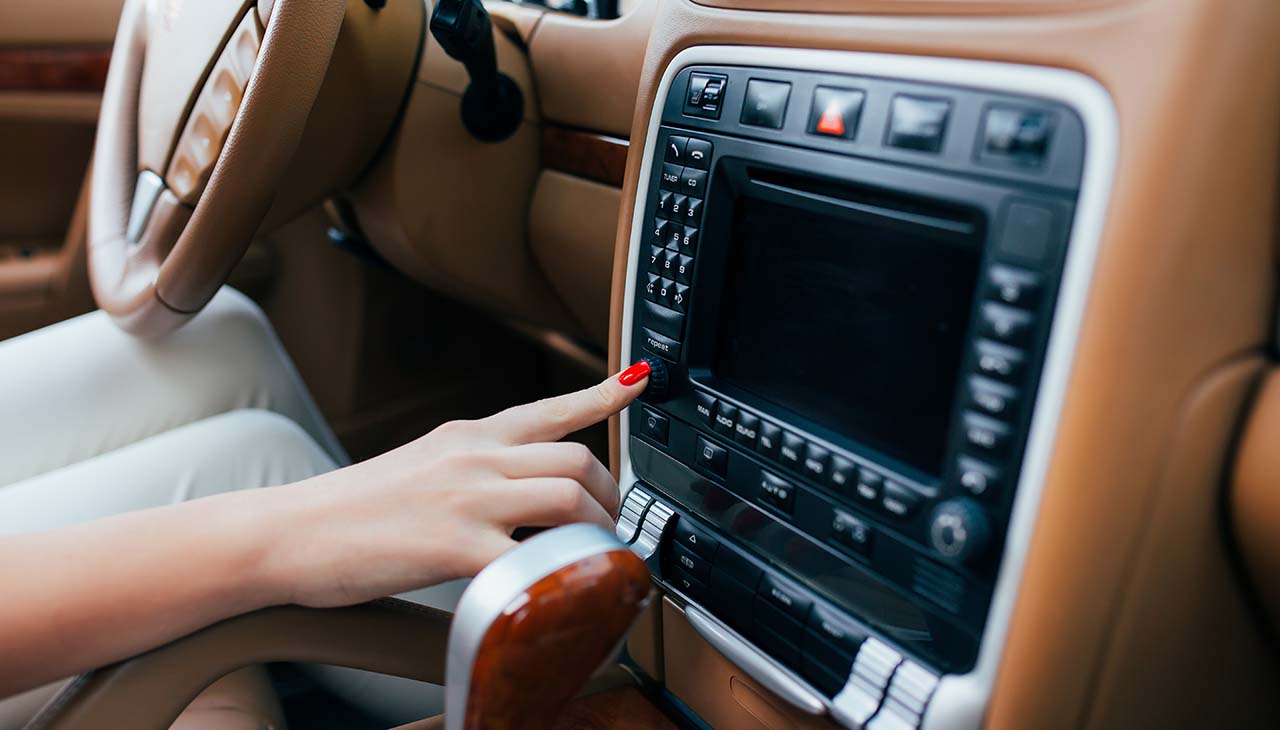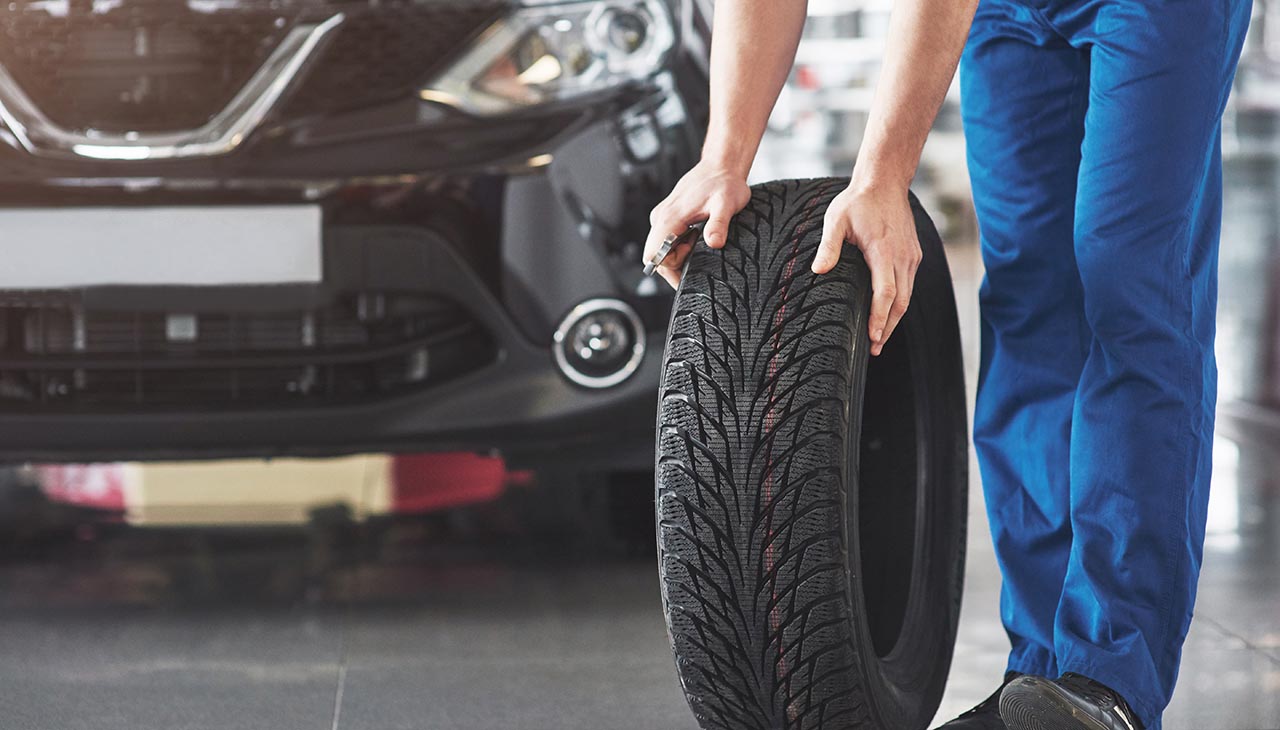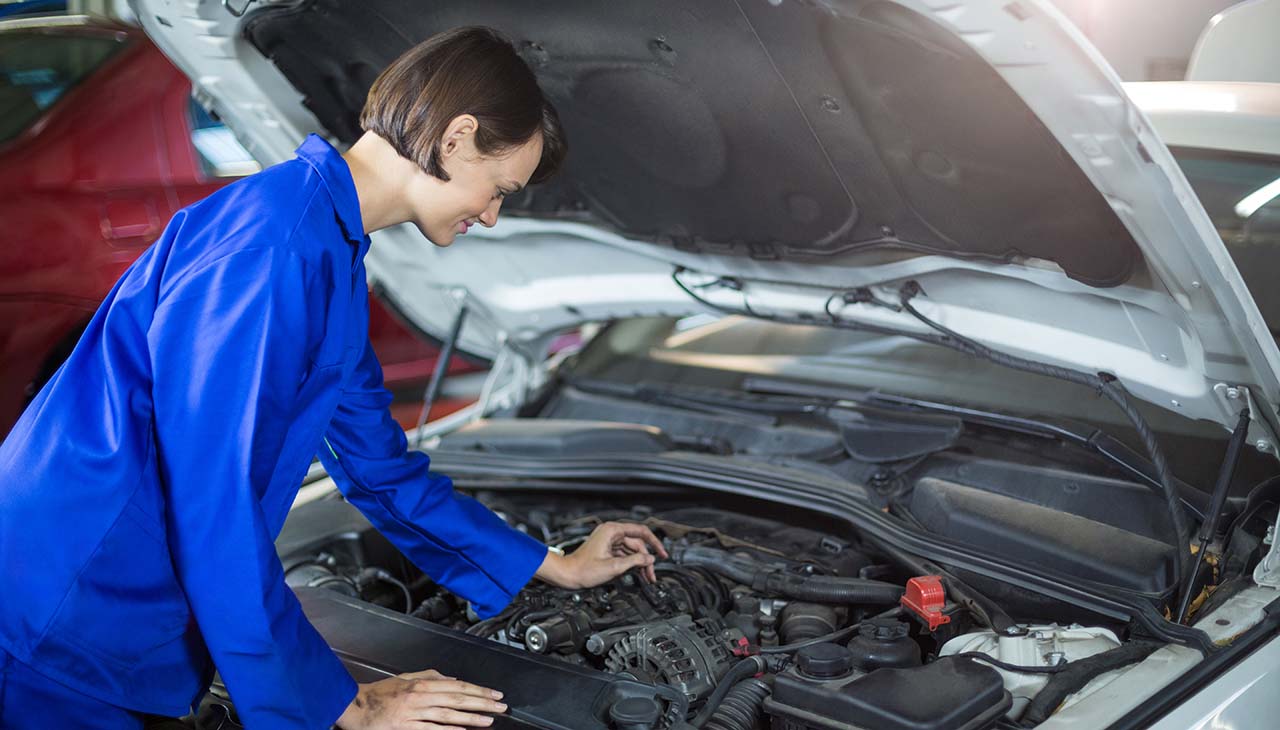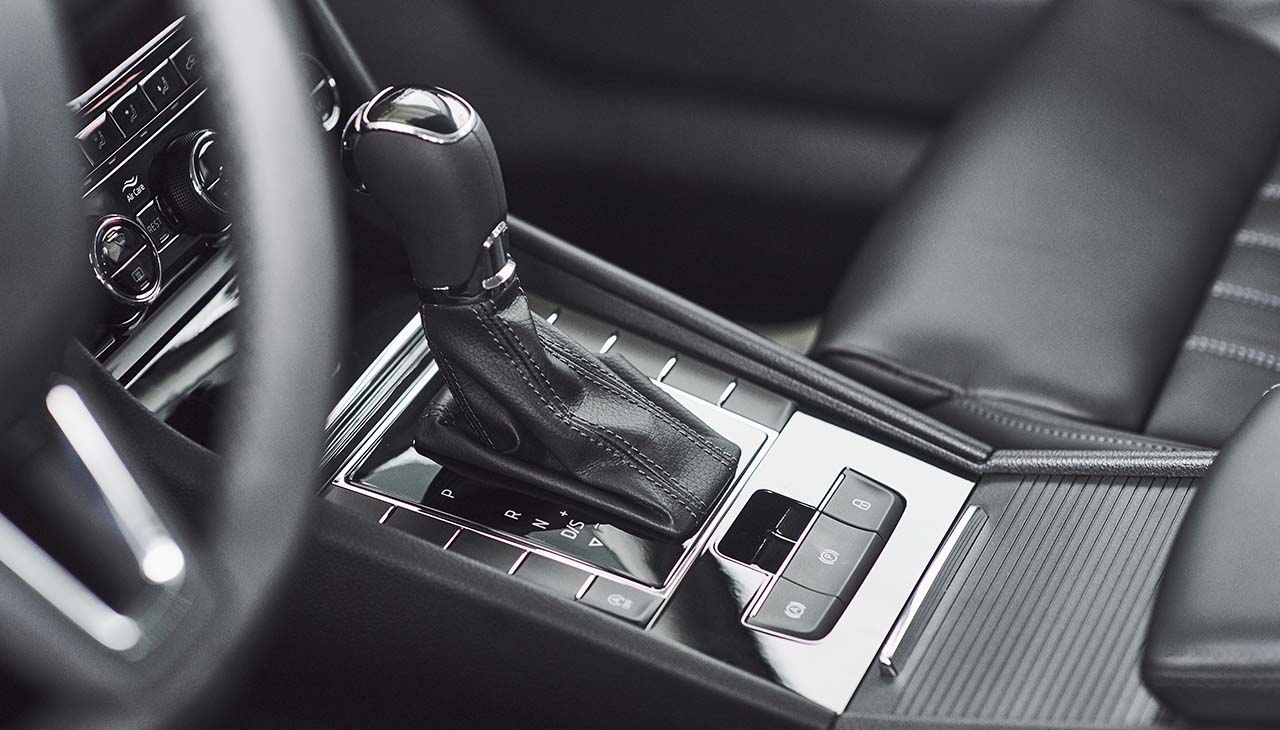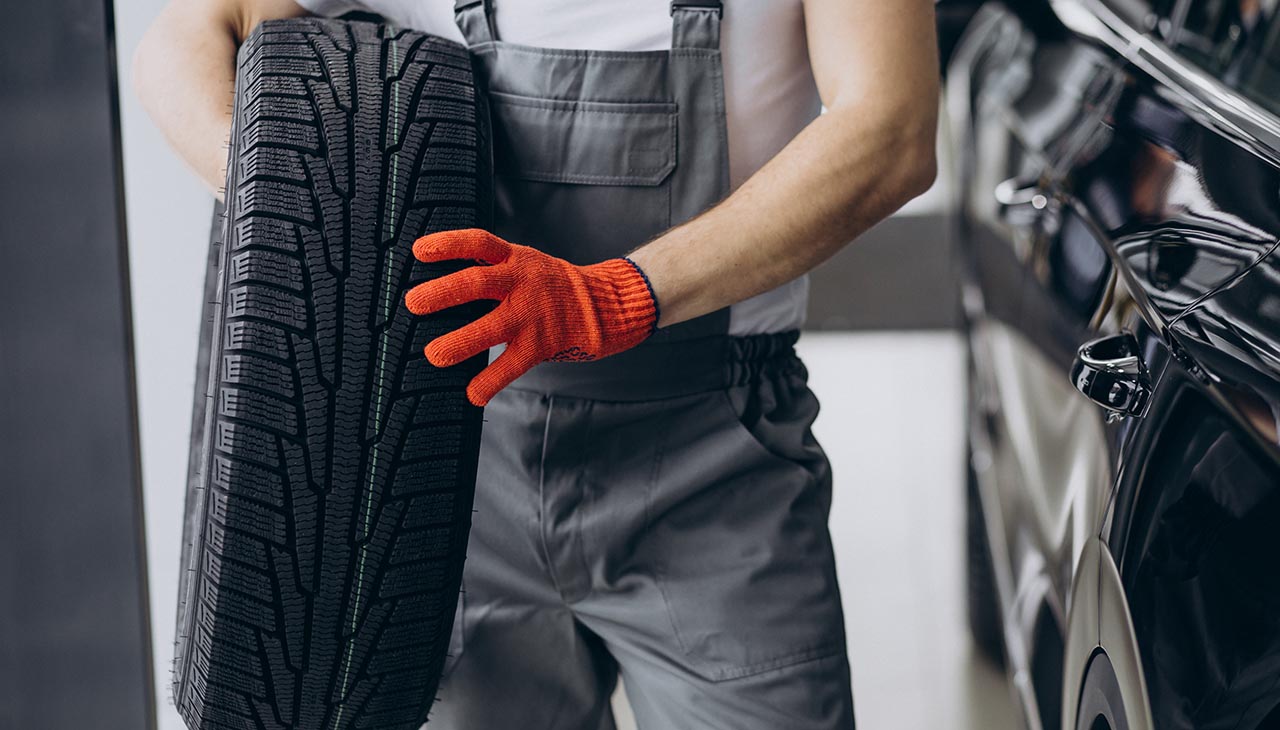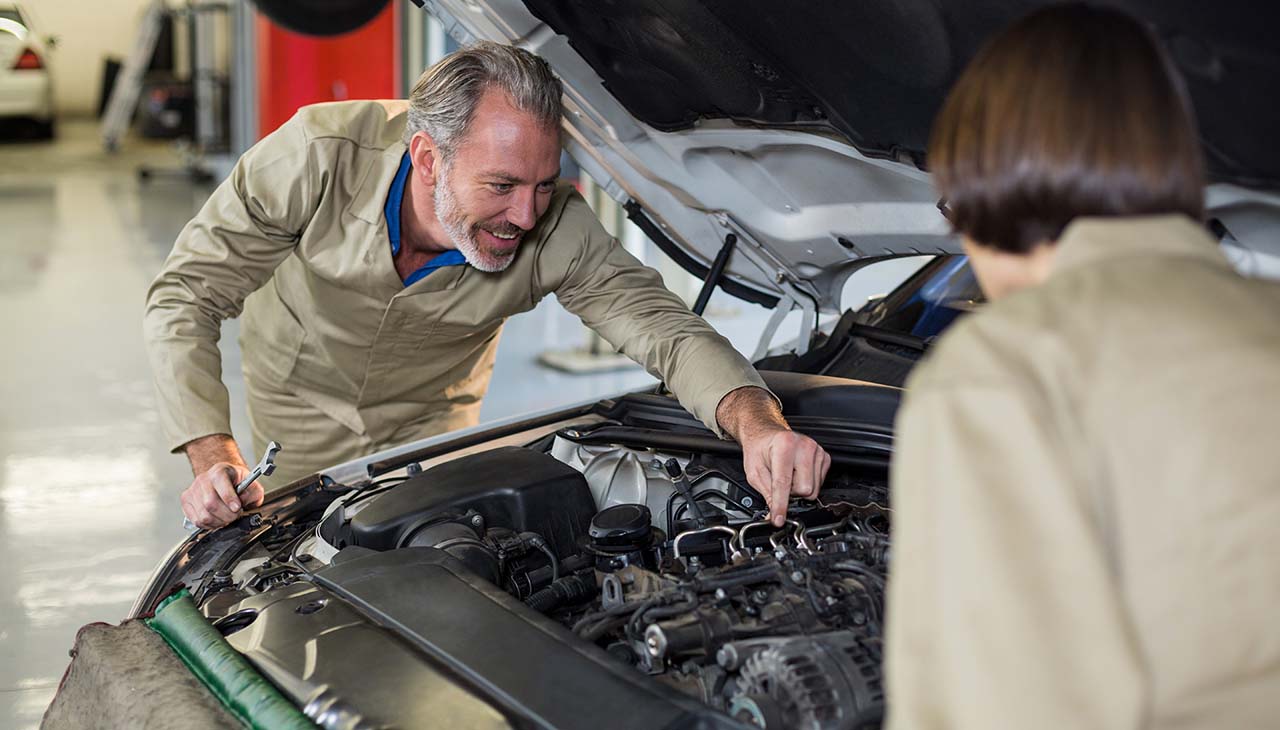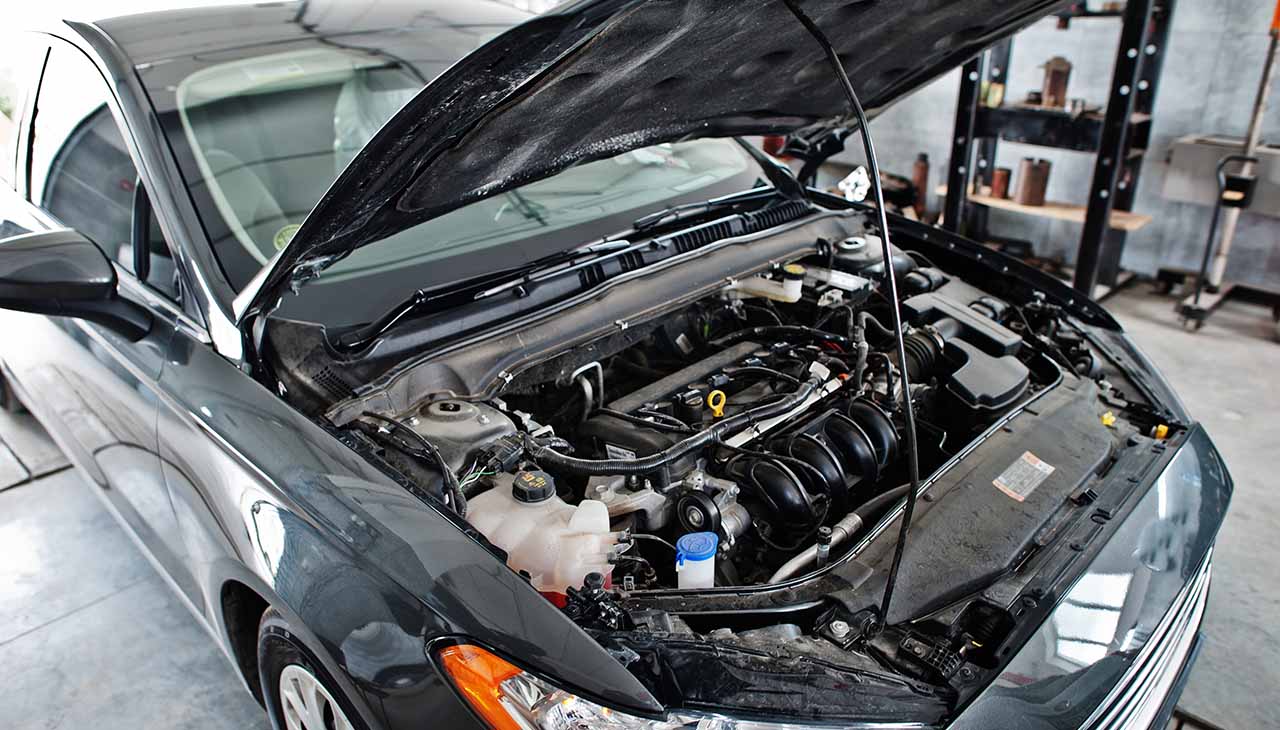In the era of do-it-yourself empowerment, many car owners are rolling up their sleeves to perform their own maintenance and minor repairs. This guide is designed to help you discern which car problems are manageable with a bit of know-how and elbow grease, and which should have you speed-dialing your trusted mechanic. From changing oil to replacing windshield wipers and beyond, we’ll cover the fundamental tasks that can keep your vehicle running smoothly and the signs that indicate a professional’s touch is required. Remember, maintaining your car is not just about saving money—it’s also about ensuring safety and prolonging the life of your automotive investment.
Basic Maintenance Tasks
Changing the Oil and Oil Filter
Changing your car’s oil and oil filter is a fundamental maintenance task that should be performed regularly. Fresh oil lubricates and cools the engine, reducing friction and preventing damage to internal components. Typically, an oil change is recommended every 3,000 to 5,000 miles, but refer to your vehicle’s manual for the manufacturer’s recommendation. You’ll need the correct type of oil, a new oil filter, a wrench, a drain pan, and perhaps an oil filter wrench. Always let the engine cool before attempting to change the oil to avoid burns.
Checking and Replacing Air Filters
Your car’s air filter prevents dust and other particulate matter from entering the engine and compromising performance. A clogged air filter can lead to reduced fuel efficiency and increased emissions. You should check your air filter every 12,000 miles or once a year and replace it as needed. This simple task can often be done without tools; just locate the air filter housing, open it, and swap the dirty filter for a new one.
Checking and Topping up Fluids
To ensure your car operates correctly, various fluids should be checked, including coolant, brake fluid, power steering fluid, and windshield washer fluid. These fluids should be clear or have a distinct color, and not cloudy or contaminated. Top them up if the levels are low, and check for any leaks, as this could indicate a problem that requires professional attention.
Checking and Replacing Wiper Blades
Windshield wiper blades are critical for maintaining visibility during adverse weather conditions. Over time, they can become worn and leave streaks or gaps on the windshield. Inspect your wiper blades for signs of wear and replace them at least once a year or as soon as you notice a decline in performance. Replacing wiper blades is usually a straightforward process that can be done without tools – simply lift the wiper arm away from the windshield, press the small tab to release the old blade, and attach the new one in its place.
Common Issues and Simple Fixes
When faced with car troubles, correctly identifying the issue is crucial. Here are common car problems and tips on how to fix them.
Battery Problems
A dead battery is a common issue, especially if the lights or radio were left on for extended periods without the engine running. Here’s how to safely jump-start your car:
- Make sure both cars are turned off before you start, with both parking brakes engaged.
- Connect one end of the red (positive) jumper cable to the positive terminal of the dead battery.
- Attach the other red (positive) end to the positive terminal of the working battery.
- Connect one end of the black (negative) jumper cable to the negative terminal of the working battery.
- Attach the other black (negative) end to an unpainted metal surface on your car that isn’t near the battery.
- Start the working car and let it run for a few minutes to charge the dead battery.
- Try starting the car with the dead battery. If it starts, let it run for at least 20 minutes to re-charge.
Flat Tire
A flat tire can bring your journey to a grinding halt. Here’s what to do if you find yourself with a flat:
- Make sure the car is parked on a flat, stable surface and that the parking brake is on.
- Place wheel wedges against the tires opposite of the flat to prevent rolling.
- Remove the wheel cover or hubcap from the tire if necessary.
- Loosen the lug nuts with the wrench, turning counterclockwise, but do not remove them completely yet.
- Use the jack to lift the vehicle off the ground.
- Remove the lug nuts and pull the tire off the car.
- Mount the spare tire on the lug bolts and push until the bolts show through the rim.
- Tighten the lug nuts by hand until they are all snug.
- Lower the car back to the ground and then tighten the lug nuts fully with the wrench.
Overheating Engine
An overheating engine should be addressed immediately to avoid serious damage. Here’s what to do if your engine is overheating:
- Turn off the air conditioner and turn on the heater to its highest temperature setting, which can help draw heat away from the engine.
- If you’re stuck in traffic, shift to neutral or park and slightly rev the engine.
- Once safe, pull over and turn off the engine. Do not open the hood until the car has completely cooled.
- After the engine has cooled, check the coolant tank and fill it if it’s low.
Remember that these suggestions are for temporary fixes. After performing any of these tasks, you should still have your car checked by a professional mechanic to prevent future issues.

